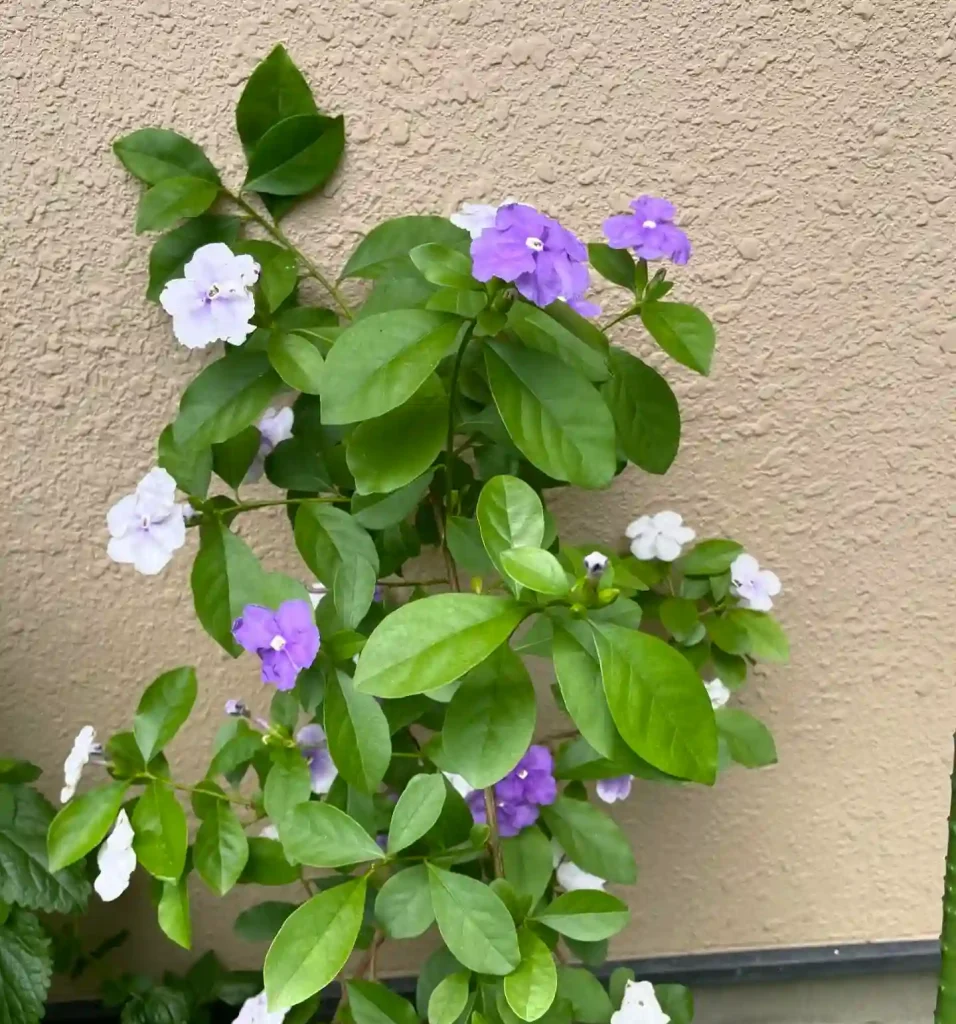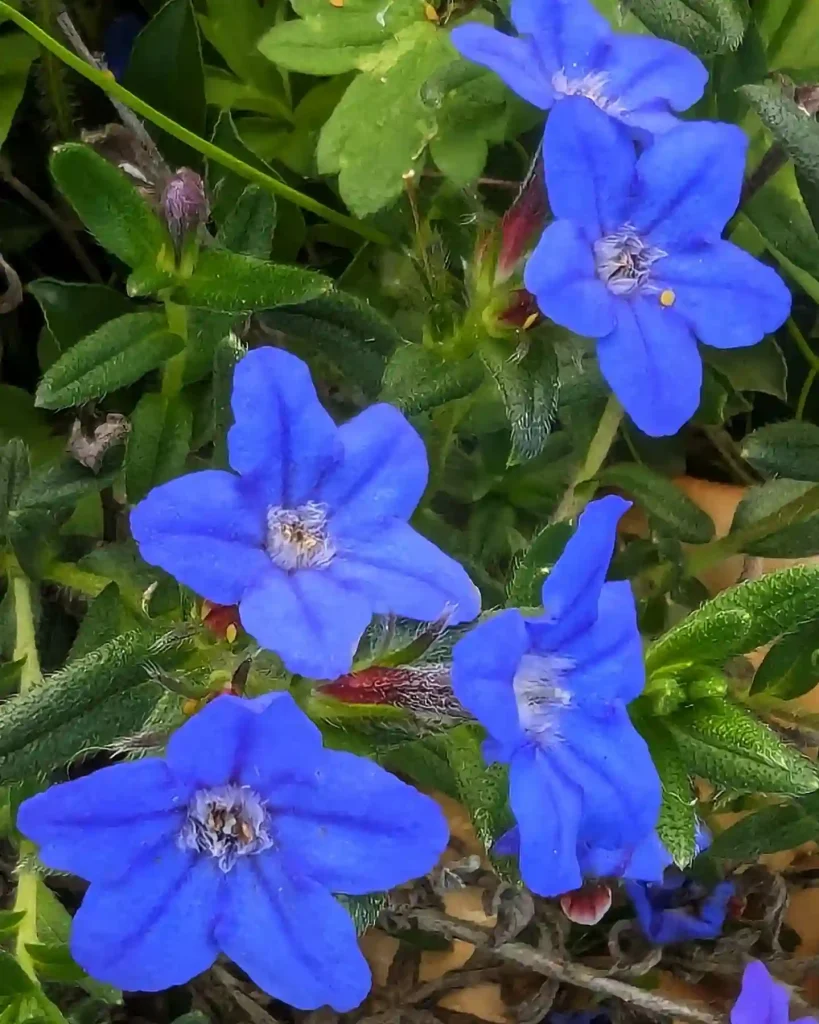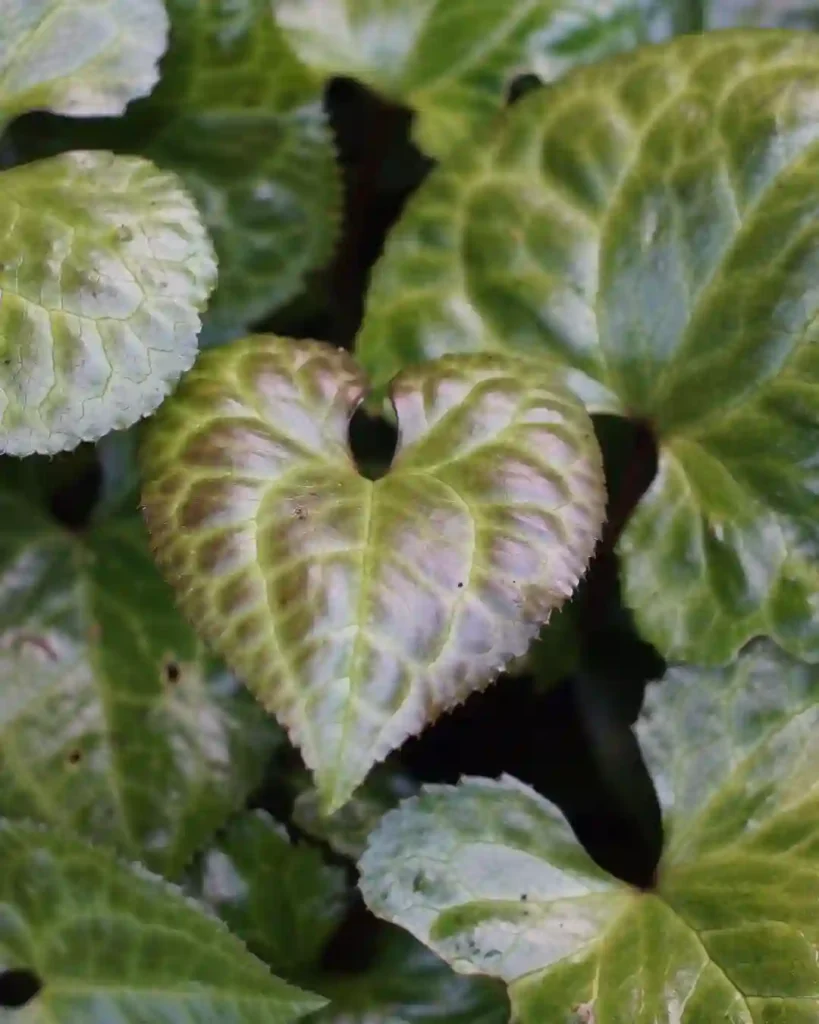
April 15 – Betula
"Betula, the birch tree, defines April 15."
The birch tree symbolizes renewal and purification. You have a refreshing and calming personality, often bringing clarity and peace to those around you. Like this tree, you are a symbol of new beginnings.
The Birch: A Love Letter to Betula
My name is Ferb Vu, and I’ve always been drawn to the quiet strength of birch trees. Their stark white bark, delicate leaves, and graceful forms have a way of captivating the eye and soothing the soul. There’s a certain poetry in the way they stand tall and proud, yet yield to the wind with an elegant sway. This fascination led me to learn more about the genus Betula from the Betulaceae family, a diverse group of deciduous trees and shrubs that have captured the hearts of people across the Northern Hemisphere for centuries.
A Family of Many Faces
The genus Betula is a large and diverse one, encompassing 87 recognized species. Here are:
- Paper Birch (Betula papyrifera): Perhaps the most iconic of the birches, with its striking white bark that peels in papery layers. Native to North America, it’s known for its adaptability and ability to thrive in a variety of conditions. Plant FAQs: Betula Papyrifera
- Silver Birch (Betula pendula): A graceful European species with drooping branches and silvery-white bark. It’s a popular ornamental tree, often planted in parks and gardens for its elegant appearance. Plant FAQs: Betula Pendula – Silver Birch
- River Birch (Betula nigra): This North American native is unique for its shaggy, exfoliating bark, which can range in color from salmon pink to reddish-brown. It’s a water-loving species, often found growing along riverbanks and streams. Plant FAQs: Betula Nigra – River Birch
- Yellow Birch (Betula alleghaniensis): Recognizable by its shiny, yellow-bronze bark that peels in thin, curly strips. This North American species is valued for its strong, durable wood, often used in furniture making. Plant FAQs: Betula Alleghaniensis – Yellow Birch
- Dwarf Birch (Betula nana): A low-growing shrub native to the Arctic and subarctic regions. It plays a crucial role in these harsh environments, providing food and shelter for wildlife.
- Betula aculeata Charit.
- Betula alnoides Buch.-Ham. ex D.Don
- Betula ashburneri McAll. & Rushforth
- Betula × aurata Borkh.
- Betula × avatshensis Kom.
- Betula baschkirica Tzvelev
- Betula bomiensis P.C.Li
- Betula × bottnica Mela
- Betula buggsii Nian Wang & Cheek
- Betula × caerulea Blanch.
- Betula calcicola (W.W.Sm.) P.C.Li
- Betula celtiberica Rothm. & Vasc.
- Betula chichibuensis H.Hara
- Betula chinensis Maxim.
- Betula cordifolia Regel
- Betula coriaceifolia V.N.Vassil.
- Betula corylifolia Regel & Maxim.
- Betula costata Trautv.
- Betula cylindrostachya Wall.
- Betula davurica Pall.
- Betula delavayi Franch.
- Betula × dosmannii McAll.
- Betula × dugleana Lepage
- Betula duriuscula Charit.
- Betula × dutillyi Lepage
- Betula × eastwoodiae Sarg.
- Betula ermanii Cham.
- Betula falcata V.N.Vassil.
- Betula fargesii Franch.
- Betula fruticosa Pall.
- Betula glandulosa Michx.
- Betula globispica Shirai
- Betula gmelinii Bunge
- Betula grossa Siebold & Zucc.
- Betula gynoterminalis Y.C.Hsu & C.J.Wang
- Betula hainanensis J.Zeng, B.Q.Ren, J.Y.Zhu & Z.D.Chen
- Betula × heptopotamica V.N.Vassil.
- Betula honanensis S.Y.Wang & C.L.Chang
- Betula × hornei E.J.Butler
- Betula humilis Schrank
- Betula × intermedia (Hartm.) E.Thomas ex Gaudin
- Betula × jackii C.K.Schneid.
- Betula karagandensis V.N.Vassil.
- Betula klokovii Zaver.
- Betula kweichowensis Hu
- Betula lenta L. Plant FAQs: Betula Lenta – Sweet Birch – Black Birch
- Betula luminifera H.J.P.Winkl.
- Betula maximowicziana Regel
- Betula mcallisteri Nian Wang & Holstein
- Betula medwediewii Regel
- Betula megrelica Sosn.
- Betula michauxii Spach
- Betula microphylla Bunge
- Betula × minor (Tuck.) Fernald
- Betula occidentalis Hook. Plant FAQs: Betula Occidentalis – Western Birch
- Betula × paramushirensis Barkalov
- Betula × plettkei Junge
- Betula populifolia Marshall Plant FAQs: Betula Populifolia – Gray Birch
- Betula potamophila V.N.Vassil.
- Betula potaninii Batalin
- Betula psammophila V.N.Vassil.
- Betula pubescens Ehrh. Plant FAQs: Betula Pubescens – Downy Birch
- Betula pumila L.
- Betula × purpusii C.K.Schneid.
- Betula raddeana Trautv.
- Betula × raymundii Lepage
- Betula saksarensis Polozhij & A.T.Malzeva
- Betula × sandbergii Britton
- Betula × sargentii Dugle
- Betula saviczii V.N.Vassil.
- Betula schmidtii Regel
- Betula skvortsovii McAll. & Ashburner
- Betula sunanensis Y.J.Zhang
- Betula tianschanica Rupr.
- Betula × uliginosa Dugle
- Betula × utahensis Britton
- Betula utilis D.Don
- Betula × vologdensis Tzvelev
- Betula × winteri Dugle
- Betula wuyiensis J.B.Xiao
- Betula × zabelii (Dippel) Dippel & Schelle
- Betula zinserlingii V.N.Vassil.
What color is birch?
The other day, I was out for a hike in the woods and noticed a stand of birch trees with their distinctive peeling bark. The majority of the exposed wood was a creamy white, almost like a very pale yellow. But on some of the trees, the heartwood had a reddish-brown tint, especially closer to the base where the bark had worn away. I always find that natural colors have so much more nuance and variation compared to those flat paint swatches you’d get at the hardware store.
Is birch good firewood?
Absolutely, birch is great firewood! I remember when I first moved into my cabin, birch formed the bulk of my woodpile. It lights easily, especially because of that papery bark, and burns with a good, hot flame. The scent is a little sweet which I really enjoy. The one thing I learned is that birch does burn fairly quickly, so I like to mix it with some denser wood like oak or hickory to get a longer, slower burn.
How long does a birch tree live?
It’s sad to think about, but birch trees are actually pretty short-lived compared to some other trees. Most of them don’t make it past 100 years, with a lot succumbing to pests or disease even younger. I had this beautiful river birch in my backyard for almost 20 years, and then it died after a bad infestation. It felt like losing an old friend. Makes you appreciate the time you have with them even more.
Is birch a hardwood or softwood?
Birch is definitely a hardwood. I’ve always found the whole hardwood/softwood thing a bit confusing since some “softwoods” are actually tougher than certain “hardwoods”. But, as a rule of thumb, birch is usually considered a hardwood. Back when I was starting to get into woodworking, I did a few projects in birch because it’s easier to work with than something like maple or oak. Still, it’s more durable and has a nicer grain than woods like pine.
When to prune birch trees?
Unlike most trees, you want to avoid pruning birch in the late winter or early spring. They tend to “bleed” a lot of sap during that time, which can weaken the tree. The best time to prune my birch trees has been late summer or early fall. The sap flow is much lower, and the tree has a chance to heal those cuts before winter sets in. I try to do it selectively, focusing on removing any dead or diseased branches and just doing a little shaping where necessary.
What is birch oil used for?
I know a bit about birch oil, because I love using woodsy, earthy scents. It has that classic sweet and spicy wintergreen smell that immediately puts me in the holiday spirit. I’ve added a few drops to homemade soaps and lotions because it’s supposed to be good for skin health. I’ve also heard it can be a natural pain reliever for sore muscles and joints, though I haven’t tried it for that myself.
Does birch stain well?
Honestly, birch can be a real pain to stain! I tried staining a birch cabinet I was building years back, and it turned out so blotchy and uneven. That’s because birch has this weird, uneven grain that just soaks up the stain in certain areas and not in others. Nowadays, if I’m working with birch, I usually pre-treat the wood with a stain conditioner to help even things out. I’ve also heard that using gel stains or dyes can work better than traditional wood stains for birch.
What does birch smell like?
I love the smell of birch. To me, the bark itself has a slightly sweet, almost wintergreen-like scent. It’s really fresh and reminds me of walks through the woods on a crisp fall day. When birch is burned as firewood, it gives off this smoky, slightly leathery smell that’s warm and really comforting. There’s a cozy cabin out in the mountains that my family rents for vacations, and they always have a birchwood fire going when we arrive. Just the smell of it immediately makes me feel relaxed.
Do deer eat birch trees?
It depends on the type of birch and how hungry the deer are! There are certain birch varieties that seem to be more deer-resistant, like river birch or paper birch. I’ve got a few young river birches in my yard, and so far, the deer haven’t touched them. But if the deer are desperate and there isn’t much else to eat, they may try nibbling on even the less-tasty trees. I’ve heard of people having success protecting young birch trees with fencing or repellants to keep the deer away.
How to tell if a birch tree is dying?
There are a few signs I’ve learned to look out for that might tell me my birch tree is in trouble. One of the most obvious is if the leafy canopy looks thin and sparse, especially during the summer months. Losing leaves prematurely, or leaves turning yellow and brown, is a sign of stress. Another thing to check for are dead branches, particularly in the crown of the tree. And finally, I always examine the bark for unusual bumps, patches of discoloration, or tiny holes which could indicate pests or disease.
Is birch good for cabinets?
Birch is absolutely a good choice for cabinets! It’s a popular wood because it’s strong enough to hold up to regular use, yet less expensive than options like cherry or maple. I love that birch can be finished in so many different ways. If you like a more natural look, birch has a subtly beautiful grain that works well with just a clear finish or light stain. The smooth surface and uniform color of birch also make it a great choice if you want painted cabinets, which is really popular for modern kitchens.
Is birch good for cutting boards?
Yes, birch can be a good choice for cutting boards. I personally have a large birch cutting board that I love. It’s hard enough to resist scratches and dings from my knives, but not so hard that it will dull them quickly. Plus, birch has a nice tight grain, meaning less space for food particles and bacteria to hide. And I just think there’s something aesthetically pleasing about the warmth and variation of its natural colors!
A Symbol of Resilience and Renewal
For me, birch trees represent more than just their physical beauty or ecological importance. They embody resilience, adaptability, and the ability to thrive in challenging environments. Their willingness to bend with the wind, yet stand tall in the face of adversity, is a powerful reminder of the strength that lies in flexibility. And their ability to colonize disturbed areas, paving the way for other species to follow, speaks to their role as pioneers and agents of renewal.
In a world that often feels chaotic and unpredictable, the birch tree offers a sense of calm and stability. It reminds us that even in the face of change, there is beauty to be found, strength to be gained, and a continuous cycle of renewal. And that, to me, is a truly remarkable thing.
If i die, water my plants!



